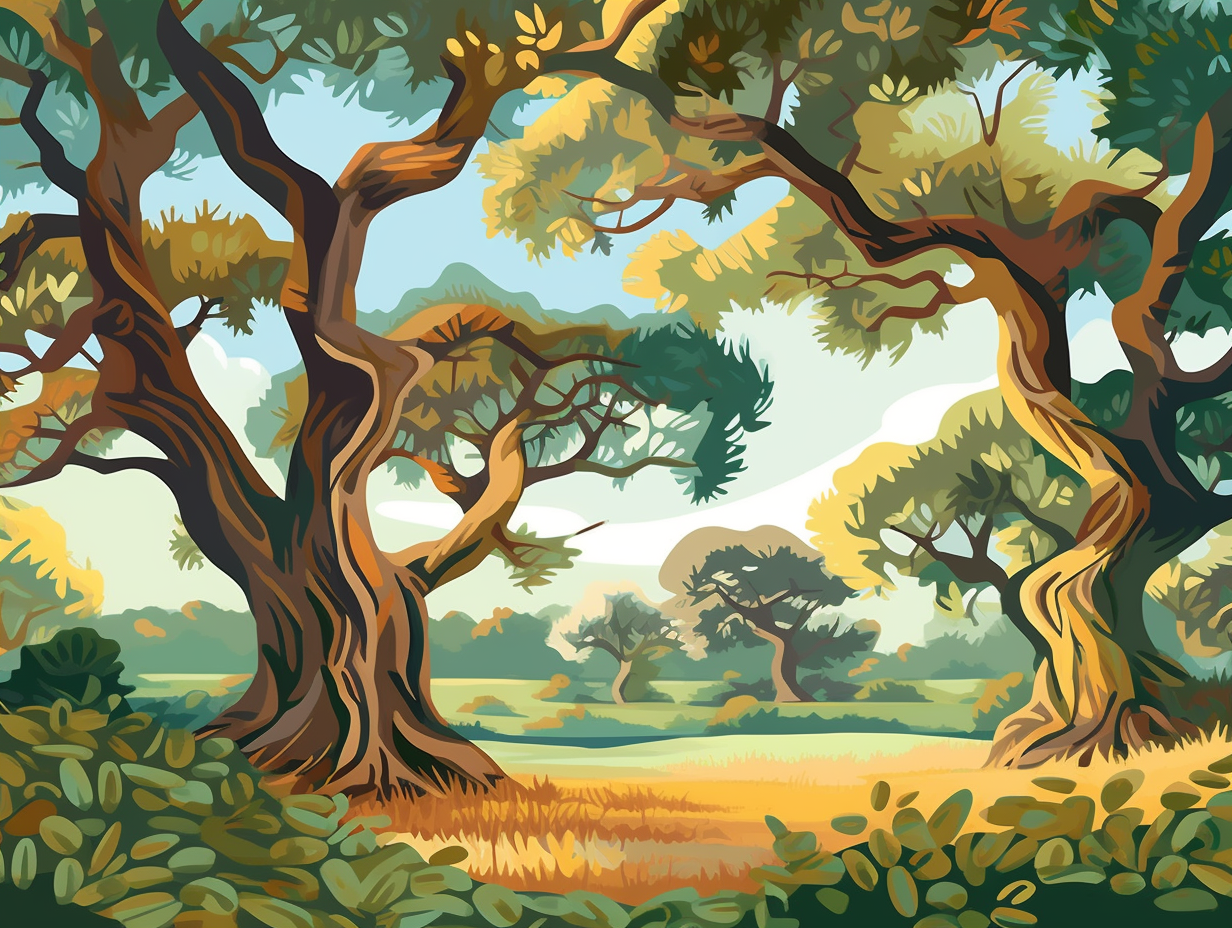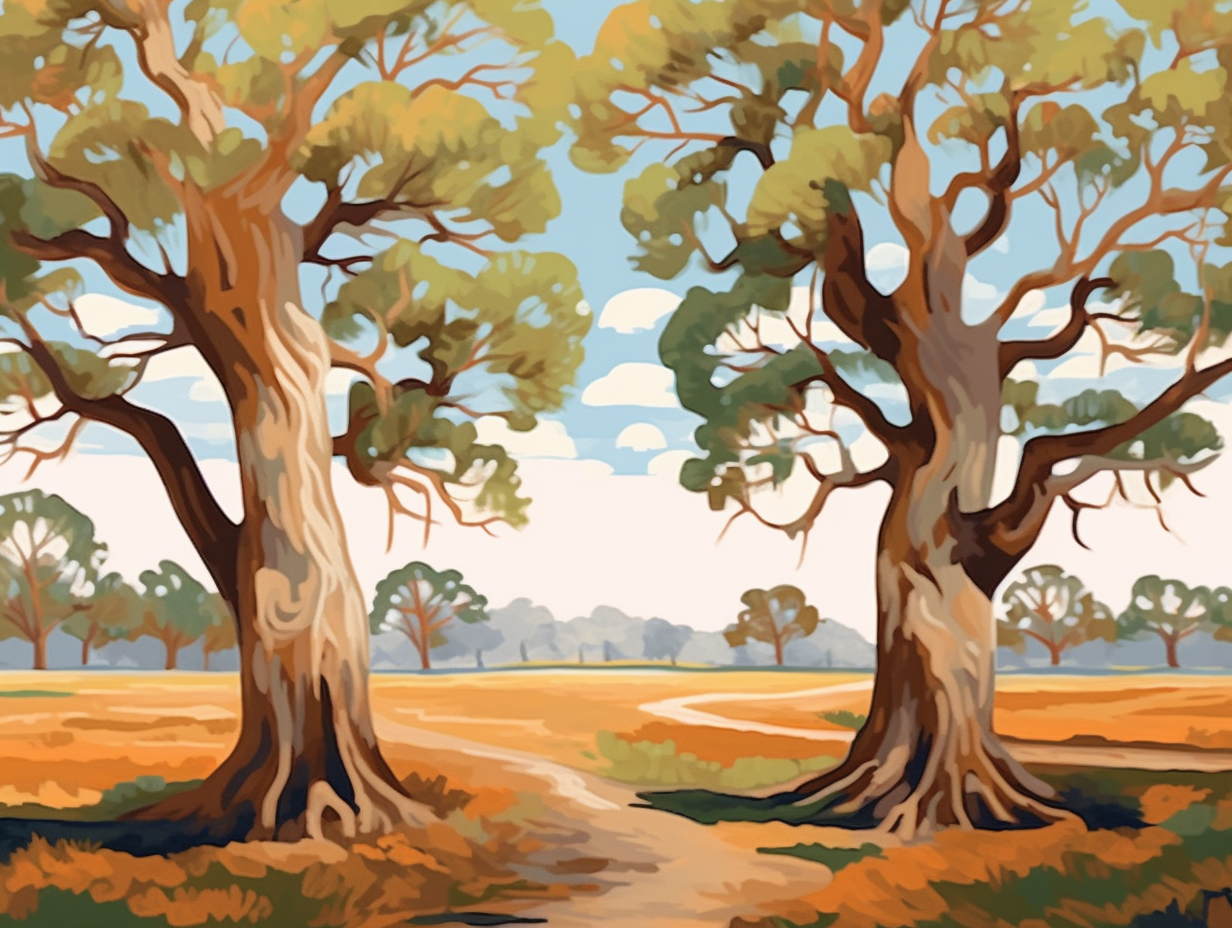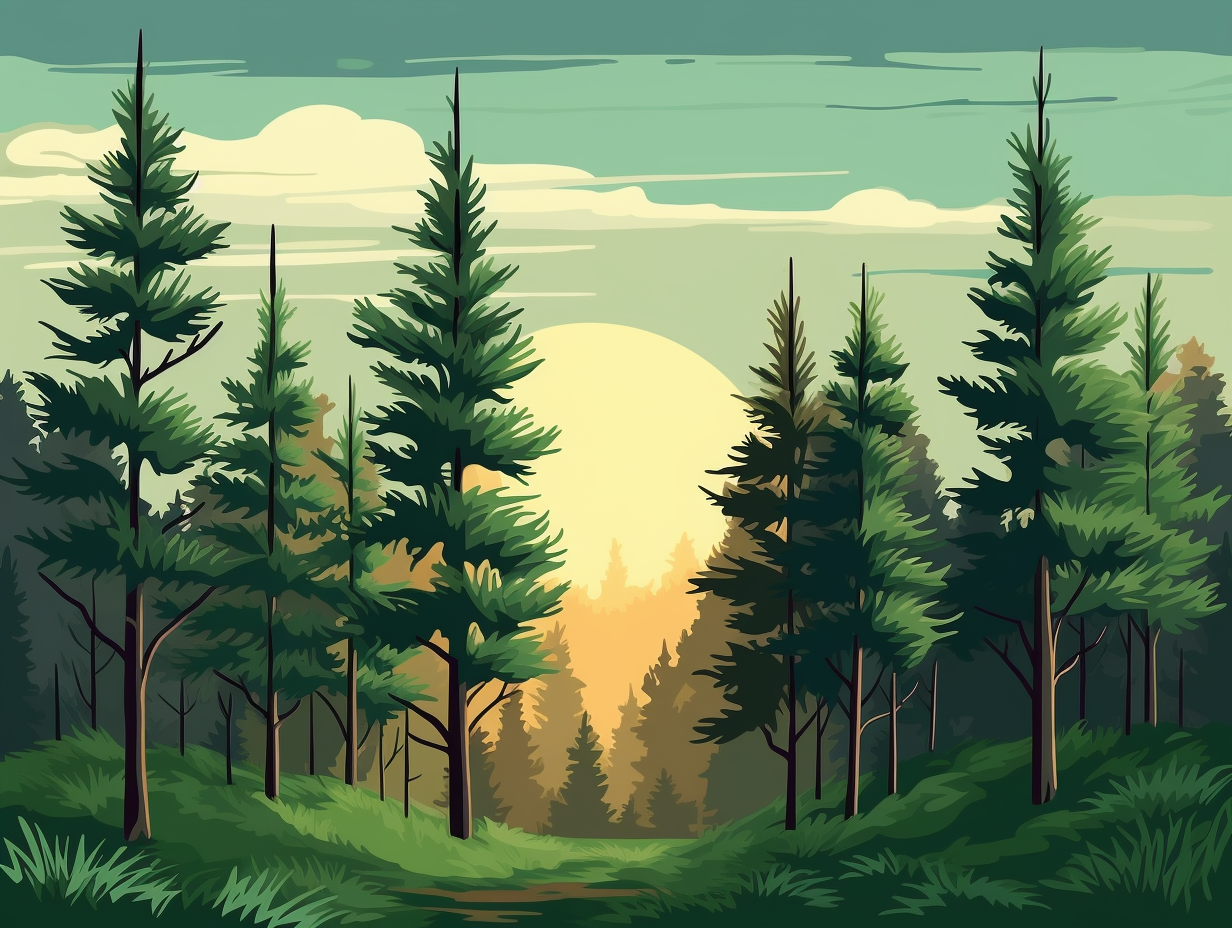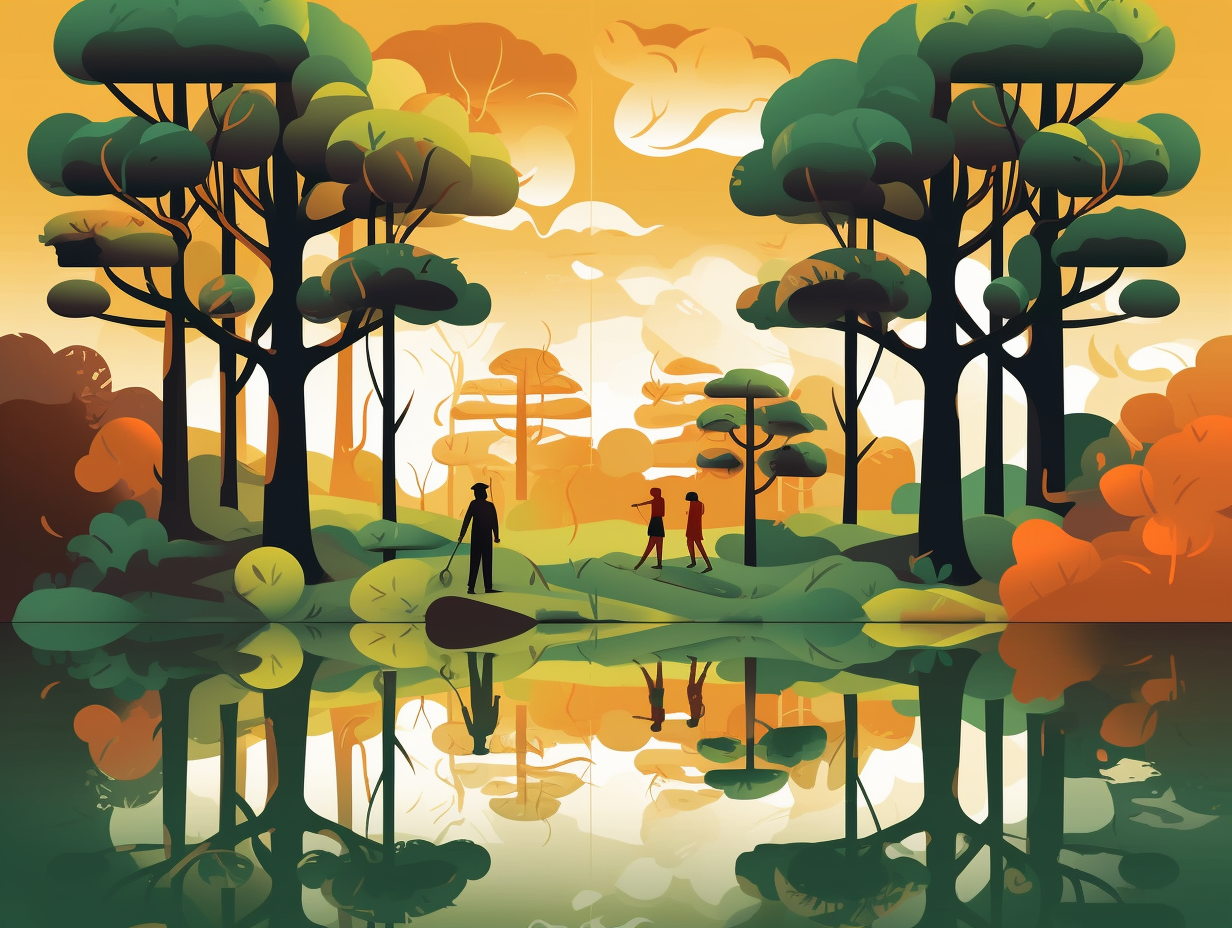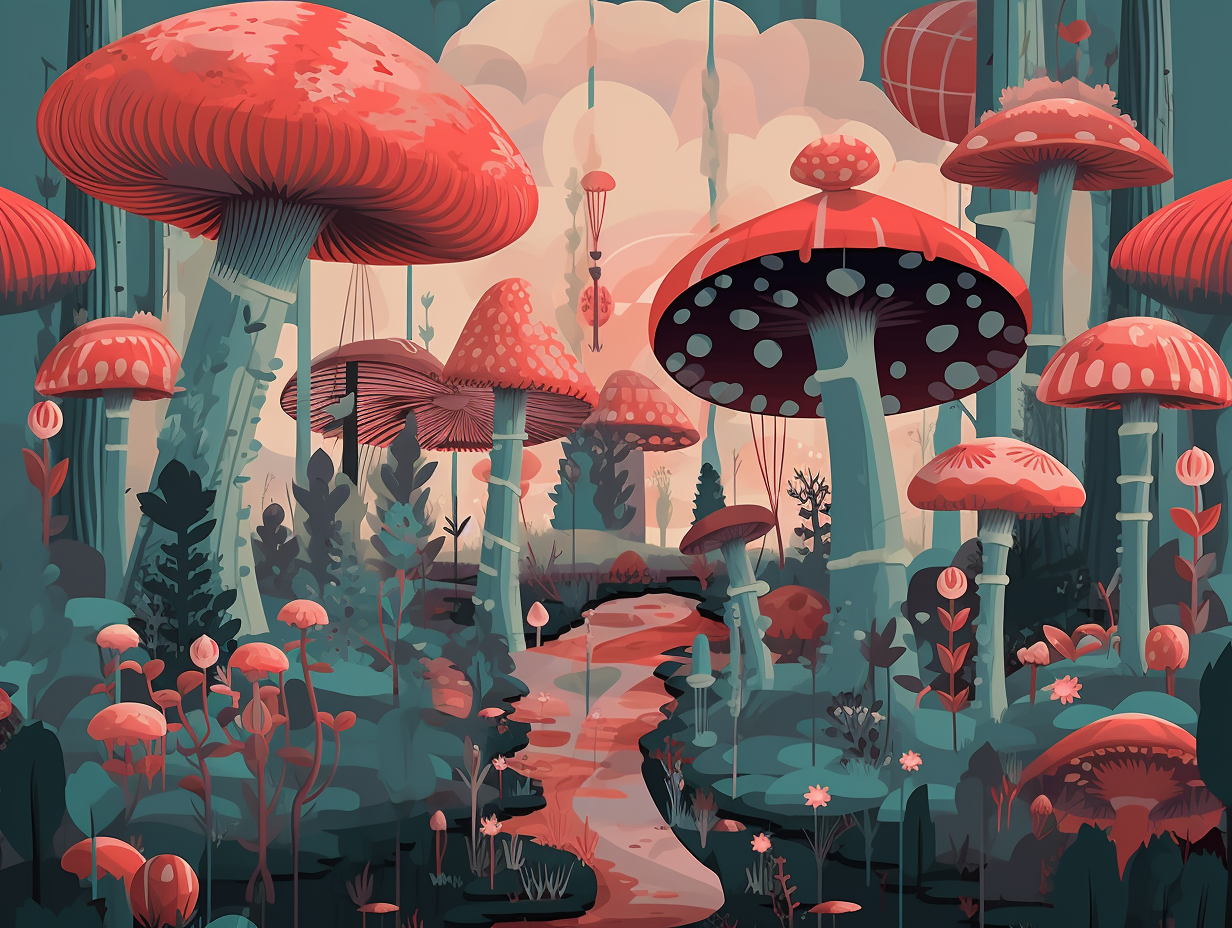Discover the Sweet Side of Nature: Top 12 Fun Facts About Sugar Maple Trees

1. Herbal Remedy Rockstars
Who said maple trees are only good for sap and sappy Hallmark cards? These versatile vegetative virtuosos dabble in herbal remedies too: The sugar maple's sap has cough-suppressing, diarrhea-relief properties and promotes liver and kidney health, while its bark and leaves work wonders for blindness and sore eyes.
Source => healthbenefitstimes.com
2. Sap-to-Syrup Endeavors
Maple trees must be syrup-tific: they're like nature's very own Willy Wonka factory, concocting that golden nectar we oh-so-lovingly drizzle on our pancakes. But hold onto your waffles, folks: the sap of a sugar maple tree is actually 98 percent water and only 2 percent sugar, and it takes a whopping 40 gallons of sap to produce a mere 1 gallon of maple syrup! No wonder these sticky sweet delights taste like a labor of love from Mother Nature herself.
Source => heifer.org
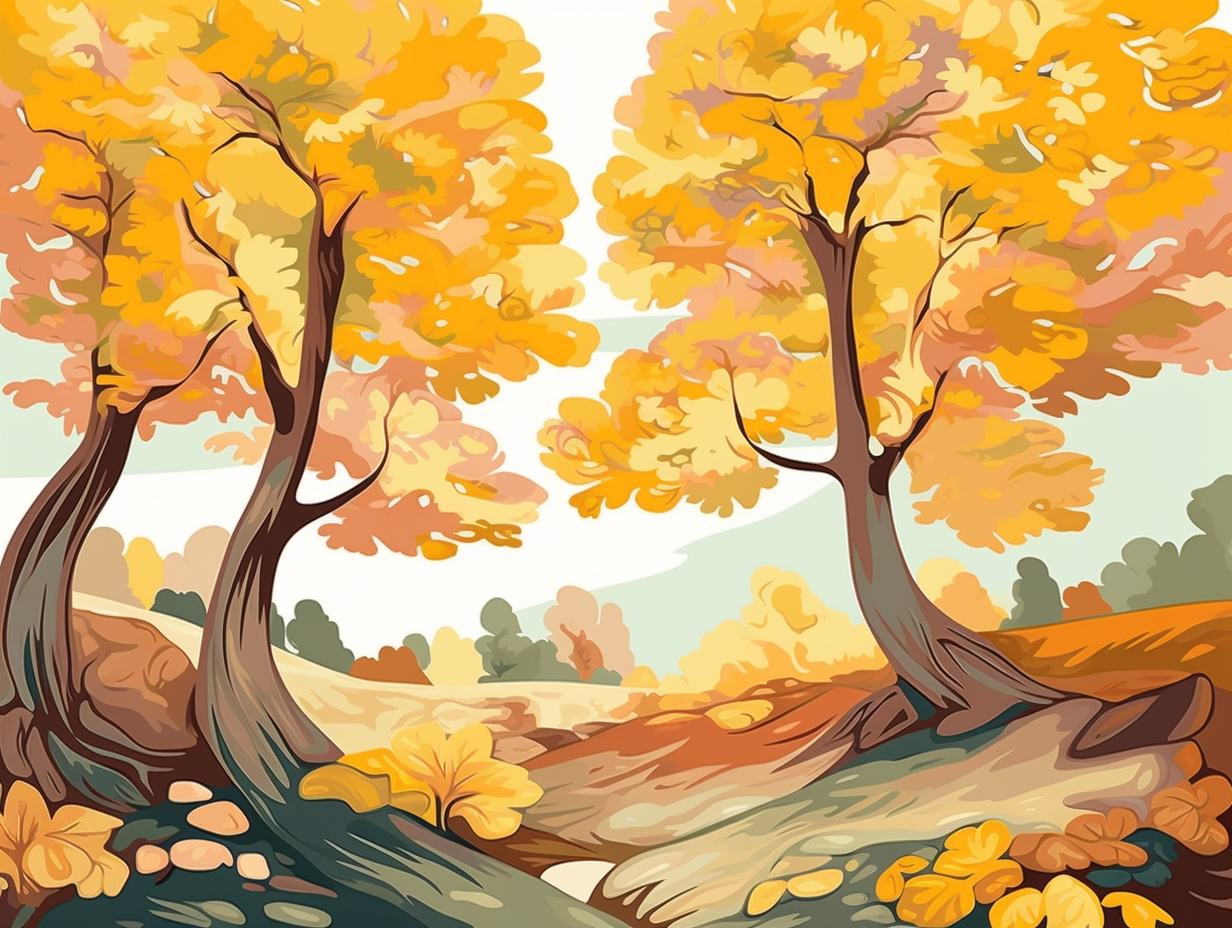
Did you know the maple tree is a 60-million-year-old globetrotter with a cool history? Discover its journey across the world and how it evolved into different species. 🍁✈️🌍
=> Fun Facts about Maple-Trees
3. Vermont's Maple Paradise
If your cup of tree overflows with stacks of flapjacks and a river of syrup, and inebriating maple bubbles take root: Vermont is the Promised Land for maple syrup addicts and tree-loving tourists, producing the most maple syrup in the US, and during their Maple Open House Weekend, sugarhouses entice visitors with pancake breakfasts, maple beer and cider, along with breathtaking sugar maple fall foliage.
Source => diginvt.com
4. Canadian Maple Festival Frenzy
What's sticky, sweet, and overflowing with Canadian pride? No, it's not a plate of poutine drizzled with maple syrup (although that's certainly worth a try): It's the annual Maple Syrup Festival held in Quebec, Canada! This sap-tastic celebration showcases Canada's devotion to sugar maple trees and the delicious syrup they produce, with throngs of tourists and locals immersing themselves in the art of syrup-making, right in the heart of the sugar bushes.
Source => montreal-process.org
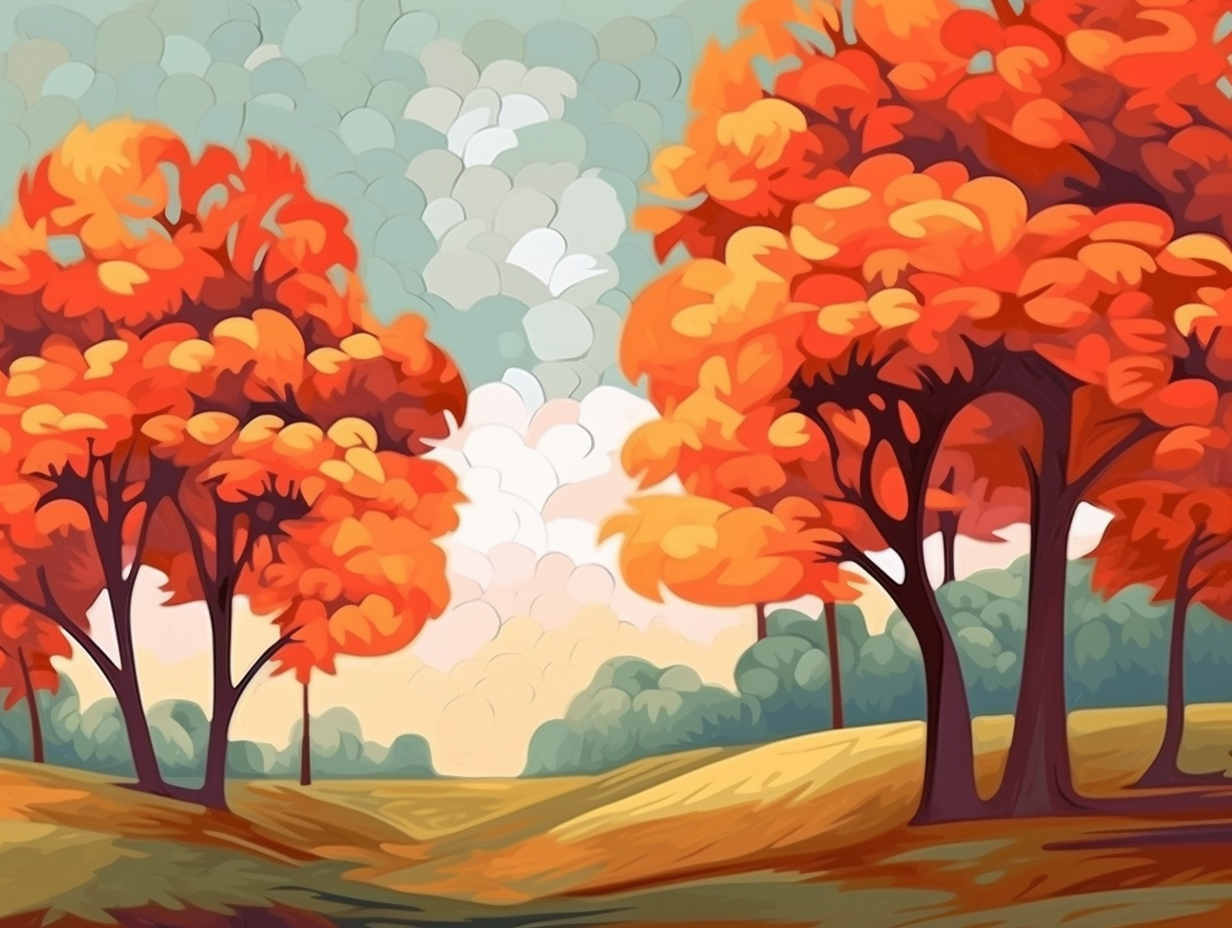
5. Sugar Maple's Shaggy Style
Move over, shaggy dog: there's a new shagmeister in town, and it's rocking the lumberjack world with its groovy, plate-peeling style. Ladies and gentlemen, we present the sugar maple tree: with a distinctive bark characterized by deep vertical grooves that get more pronounced as it ages, the sugar maple has a penchant for peeling away in dramatic plates, giving it a fabulously "shaggy" appearance that sets it apart from less-fashionable trees like the Norway Maple.
Source => wikihow.com
6. Colonial Maple Latte
Did the Founding Fathers have their very own version of a café latte? You maple-lieve they did: In colonial times, maple sap was thought to have medicinal qualities, used as a spring tonic to treat rheumatism, arthritis, and other inflammatory conditions, while indigenous peoples in America relied on its nutrient-rich sap and syrup. Today, in some parts of the world like South Korea, maple sap continues to be consumed as a health tonic, believed to fortify bones and lower blood pressure.
Source => milkandhoneyherbs.com
7. Stradivarius' Maple Musings
Whoever said laughter is the best medicine never tasted sugar maple syrup: But it's not just delightful drizzles that these trees provide; their wood, sought after for durability and aesthetic appeal, has been used for crafting furniture, flooring, and even musical instruments like violin and guitars - even Stradivarius himself fancied sugar maple for the backs, sides, and necks of his renowned creations.
Source => deepmountainmaple.com
8. Autumn's Artistic Flair
If autumn were an artist, the sugar maple tree would be its pièce de résistance: sugar maples boast magnificent fall colors and serve as North America's primary source of maple syrup, requiring a staggering 40 gallons of sap to produce just one gallon of the sweet elixir, perfect for drizzling over pancakes, waffles, and even employing as a sweetener in various culinary delights.
Source => arborday.org
9. Pancakes' Superhero Sidekick
If pancakes had a superpower, they'd surely choose maple syrup for their sweet sidekick: derived from the sap of sugar maple trees, this natural wonder is not only a delightful topping but packs a punch with its diverse range of nutrients and phytochemicals, boasting antioxidant, anti-inflammatory, and possible anticancer properties.
Source => ncbi.nlm.nih.gov
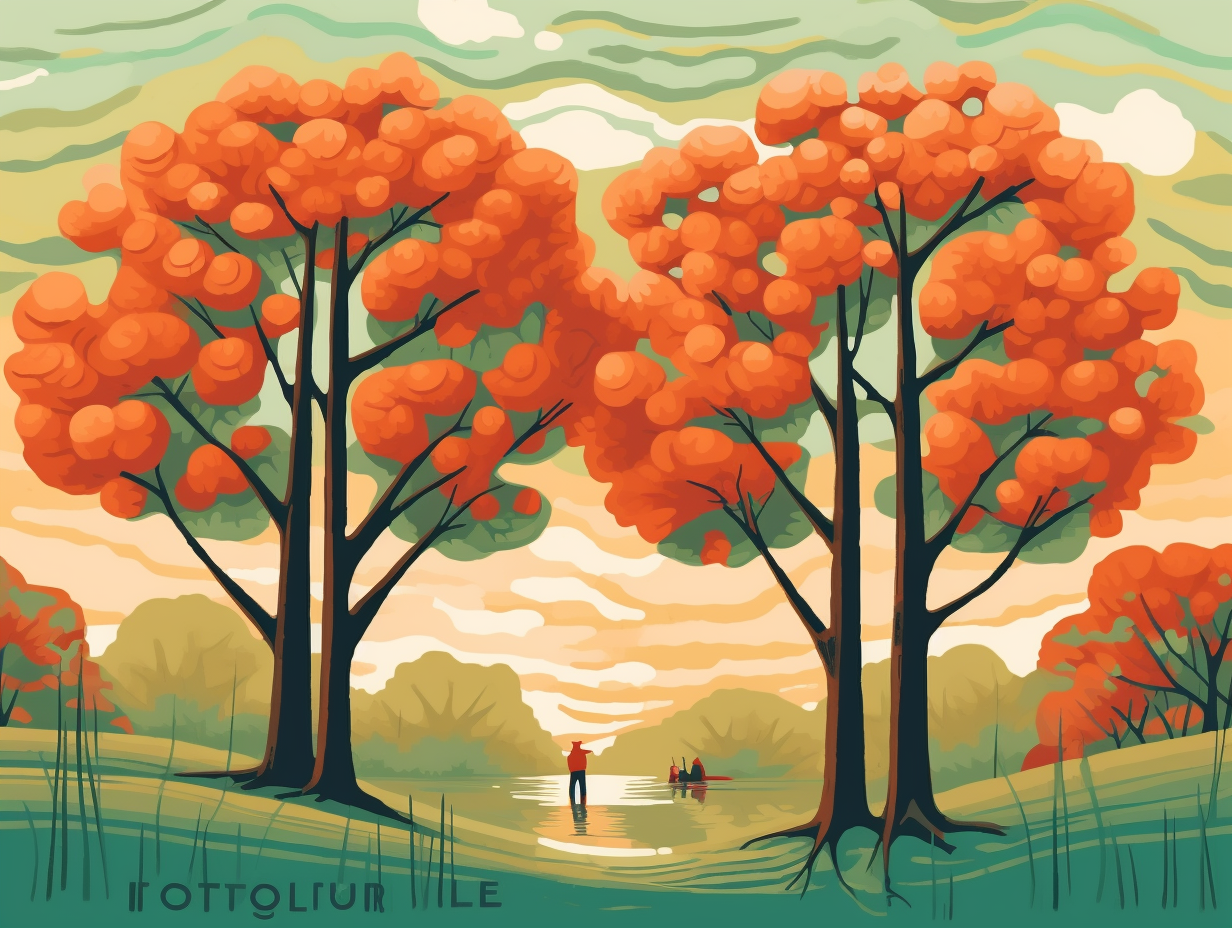
10. Musical Maple Masterpieces
Oh, the sweet sound of maple! That's right, it's not just for pancakes anymore: Sugar maple wood, known for its durability and beautiful grain, is often used to craft high-quality furniture, flooring, and kitchen utensils - but its pièce de résistance is in the world of music, where it becomes a vital component of guitar and piano soundboards, generating crisp, clear notes that are music to our ears.
Source => extension.psu.edu
11. Autumn Mood Swings
Mother Nature's autumnal mood swings: one day she's yellow with envy, next day orange with rage, and finally seeing red! This dramatic tree tale is thanks to the sugar maple tree sporting alluring fall foliage in New England: these showstoppers host xanthophyll, carotene, and anthocyanin pigments in their leaves that change colors from yellow to orange to red based on sun exposure, shade, and genetics. The higher the sugar content trapped in the leaves, the more breathtaking the hue.
Source => northernwoodlands.org
12. NY and Canada's Sweet Connection
New York and Canada must be two peas in a sweet, sweet pod: the Sugar Maple tree not only enjoys New York's state tree spotlight, but it reigns proudly as Canada's national arboreal emblem too, even scoring a cameo on their flag!
Source => wildadirondacks.org
Related Fun Facts


